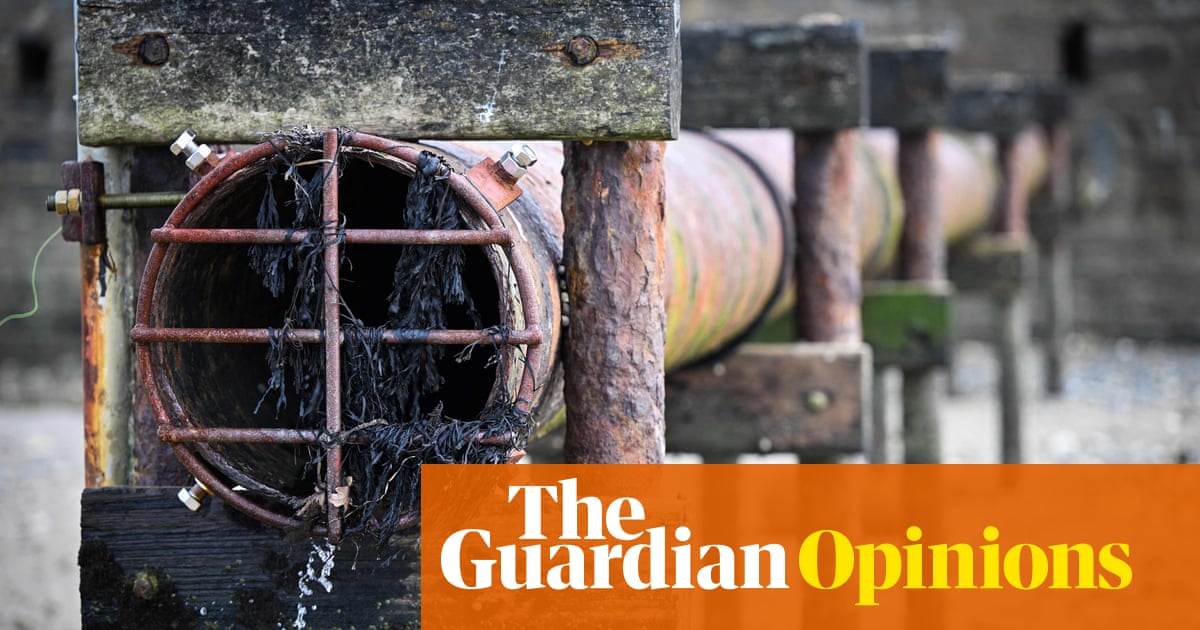
Walking the local landscape was a feature of many lives during the lockdowns in Britain last year. Not everyone discovered a ravishing Roman mosaic while rambling across the family farm, but Jim Irvine did. He contacted archaeologists at Leicestershire county council. That led to an excavation with the University of Leicester and the discovery of a third- to fourth-century villa. At its heart is a great mosaic, 11m by 7m.
What is so special about this mosaic is its subject. It is unique in Britain (though who knows what lies unseen beneath other fields?) in that it shows, in three cartoon-strip-like panels, scenes from the Trojan war. Specifically, it narrates episodes from the climax of Homer’s Iliad. Scene one, the topmost strip, has the Trojan prince Hector and the Greek champion Achilles in battle. Scene two, Achilles drags the naked corpse of Hector behind his chariot. Scene three, King Priam, Hector’s father – elaborately enrobed and wearing the jaunty red “Phrygian cap” with which Roman iconography often identifies Trojans – watches as an attendant prepares a ransom for Hector’s body, the corpse placed on one side of a scales while the other is heaped with golden objects.
That’s where it gets interesting, since no such weighing occurs in the Iliad (though Achilles alludes to the notion while he’s taunting his dying enemy). But the fifth-century BC playwright Aeschylus did dramatise such a detail in his now lost play, Phrygians. So this mosaic shows an Aeschylean riff on a famous Homeric scene – in an artistic style that some might call crude, but I claim as characterful.
Roman rule came to an end in Britain when the emperor Honorius cut the province loose to look to its own defences, in around 410. There is evidence that some of Britain’s towns had declined by then. But there seems to have been a successful rural economy in parts of Britain in the fourth century, centred around large villas. It’s from such buildings that some of Britain’s most spectacular mosaics come. Mosaics showing Orpheus singing to animals and trees can be seen in the Corinium Museum in Cirencester. A great chariot race depicted in tesserae can now be seen in the Hull and East Riding Museum. The mosaic from Rutland adds to this picture of rural wealth late in Britain’s Roman period.
It also becomes one of a handful of pieces of evidence that points, potentially, to a sophisticated literary culture in Roman Britain – at least as enjoyed by the wealthy. The popular picture of the Romans in Britain is as miserable Mediterranean soldiers, shivering beside their spears while guarding a hostile, rainy island. But by the time the Rutland mosaic was made, southern Britain had been under Roman rule for about 300 years. How “Roman” in terms of culture this really made it is debatable, but there is evidence of Virgilian poems being read near Hadrian’s wall, the Aeneid being studied in Hampshire, and now this mosaic. Perhaps most intriguingly, it looks to my eyes to bear a strong relationship to another mosaic, now in the Somerset Museum.
That mosaic was discovered in a villa near the village of Low Ham, at the other end of the Fosse Way, the Roman road that connected the east Midlands to the West Country. It has a similar, late-Roman pictorial style and a similar literary subject: it is a narration of the love story between Dido and Aeneas from Rome’s great national epic, The Aeneid. It’s thought that the artist of the Low Ham mosaic may have been working from an illustrated manuscript of the text, perhaps one belonging to the villa’s owner. The same hypothesis could be applied to the Rutland mosaic. It’s tempting to imagine they could even have been made by the same workshop.
The Rutland mosaic is damaged. At some point fires were lit on it, blackening the decoration, according to John Thomas, deputy director of University of Leicester Archaeological Services. Later still the building collapsed into rubble. Two human bodies were buried within the ruins. Much research is still to be done to try to trace this poignant tale of a building beyond its days of pomp; until then, all is uncertainty and the imagination floods into the gaps. But the Rutland mosaic is a thrilling discovery. Roman Britain, far from dead and distant and static, is still throwing up its secrets, and still confounding expectations.
Charlotte Higgins is the Guardian’s chief culture writer and the author of Under Another Sky: Journeys in Roman Britain












